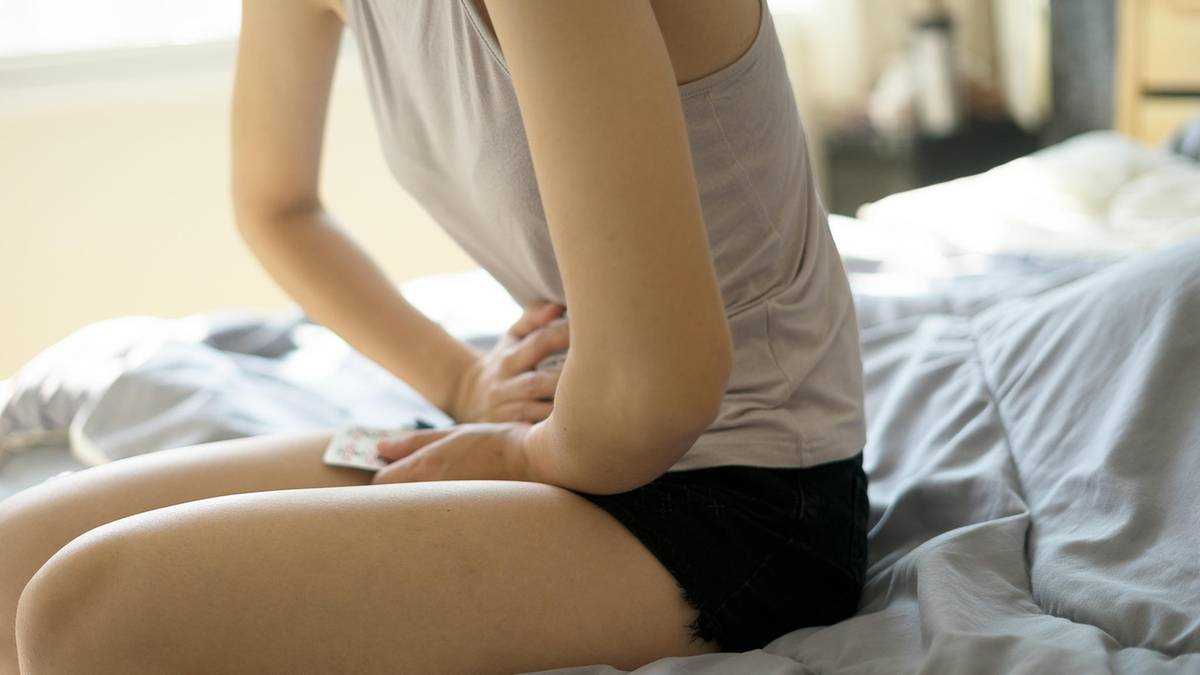Where does the pull in the abdomen come from?
When pulling in the abdomen, most people think of menstruation pain in women first – and not without reason. In fact, abdominal pain that occurs before and during the period is one of the most common causes of complaints in the lower abdomen. Some women feel the so-called middle pain between the bleeding. This marks ovulation and often occurs on only one side or above the pubic area.
Pain in pregnancy
For one thing, severe abdominal pain can be an early sign of pregnancy. If you already know that you are pregnant and have such complaints, you should always be careful. These symptoms can often be attributed to an overstretching of the muscles and ligaments that support the uterus – for example when coughing or standing up. Here it may help to put your feet up and put a hot water bottle on the underwear. However, if the pain is very severe or if there are other symptoms such as cramps, bleeding, chills or fever, you should definitely go to the gynecologist.
What are the causes of abdominal pain?
If the symptoms are not due to the period or pregnancy, there are different possible causes. Either in men and women, pulling in the lower abdomen can be divided into acute and chronic pain.
Acute pain
Acute pain can appear suddenly, indicating both a temporary upset and a serious problem. There are some symptoms and signs that may indicate inflammation (such as appendicitis, cystitis, or fallopian tubes) or the breakthrough of a part of the intestine, that should be treated immediately by a doctor. These include:
- Very severe pain
- fever
- Constipation or diarrhea (persistent)
- nausea
- Bleeding or discharge
Chronic pain
Do they exist Lower abdominal pain lasting more than half a year, it is considered chronic and should also be checked by a doctor. There are several possible triggers here too:
- Chronic inflammation (e.g. chronic cystitis or in the gastrointestinal tract)
- Cysts
- Tumors in the organs
- Endometriosis (tissue similar to the endometrium grows in the deeper layers of the wall of the uterus or outside of it)
- Mental illnesses – Depression, for example, often leads to physical symptoms in the lower abdomen
